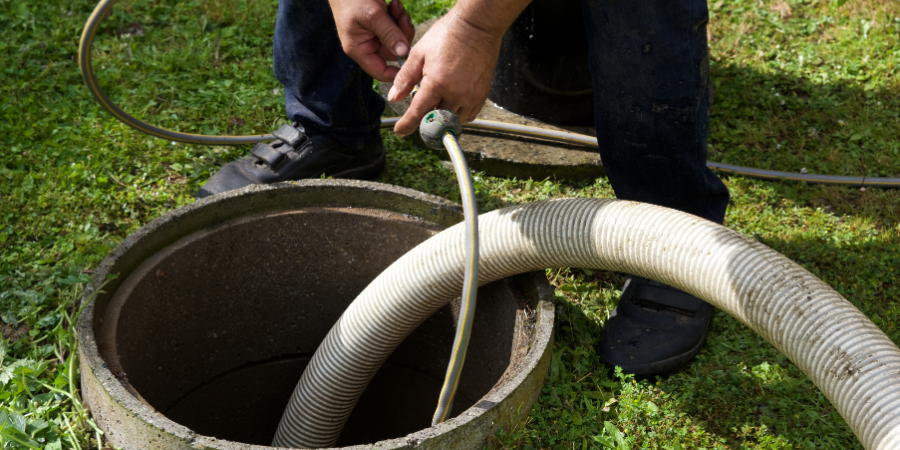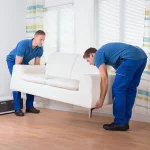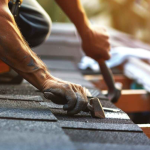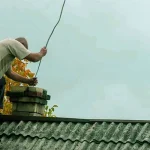Stop Sewer Backups Fast: Expert Repair Solutions That Work
A sewer backup is more than just a mess. It can destroy property, spread disease, and create a stench that lingers. Homeowners often don’t realize the seriousness until water starts rising where it shouldn’t. That’s when fast, effective solutions matter most.
The Root of the Problem
Most backups begin with blockages. Tree roots infiltrate old lines, grease builds up, or non-flushable items clog the flow. Aging pipes can crack or collapse. When water and waste have nowhere to go, they come back up the way they came.
Backups often start slow. A gurgle in the drain. Slow flushing toilets. A foul odor near floor drains. These signs point to trouble brewing underground. Ignoring them can mean a full-blown backup is just days away.
Modern Sewer Repair That Works
Old methods meant digging trenches through yards and driveways. Today, trenchless technology offers faster, cleaner solutions. Two of the most effective methods are:
- Pipe bursting: A new pipe is pulled through the old one, breaking the damaged line as it goes.
- Cured-in-place pipe (CIPP): A flexible liner soaked in resin is inserted and cured inside the existing pipe, sealing cracks and gaps.
These options eliminate the need to tear up landscapes or demolish structures. They’re efficient, cost-effective, and permanent.
When To Call a Professional
It’s tempting to handle a backup with drain cleaners or a plunger. But deeper issues require a licensed expert. If sewage is backing into sinks, tubs, or basements, the situation is urgent. A camera inspection pinpoints the problem, and professional repair stops it at the source.
Preventing Future Disasters
Preventive maintenance is the best defense. Annual inspections, regular drain cleanings, and smart disposal habits help avoid emergencies. Never flush wipes, grease, or hygiene products. These build up fast and block flow.
Also, pay attention to plumbing noises. For instance, if your pipes are knocking or you hear noisy pipes when you shower, these could signal pressure problems or trapped air. Knocking pipes are often dismissed, but according to Trenchless Solutions, such sounds may also suggest loose fittings or water hammers — both of which strain plumbing systems and can contribute to backups.
Warning Signs of Trouble:
- Frequent clogs in multiple drains
- Water backing up when other fixtures are used
- Unexplained puddles in the yard
- Sewage smells indoors
- Gurgling toilets
Ignoring these signs invites damage. The cost of emergency cleanup far outweighs the investment in a timely repair.
Conclusion
Sewer backups don’t fix themselves. Acting early, calling professionals, and embracing modern solutions prevent costly damage. Fast action, smart choices, and regular maintenance keep the home safe and the air fresh.















